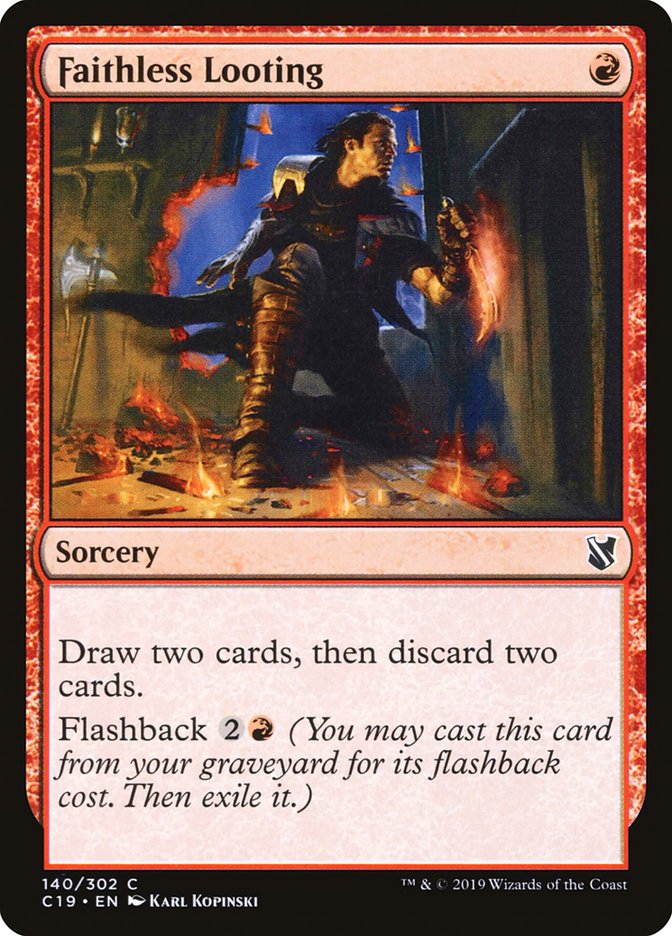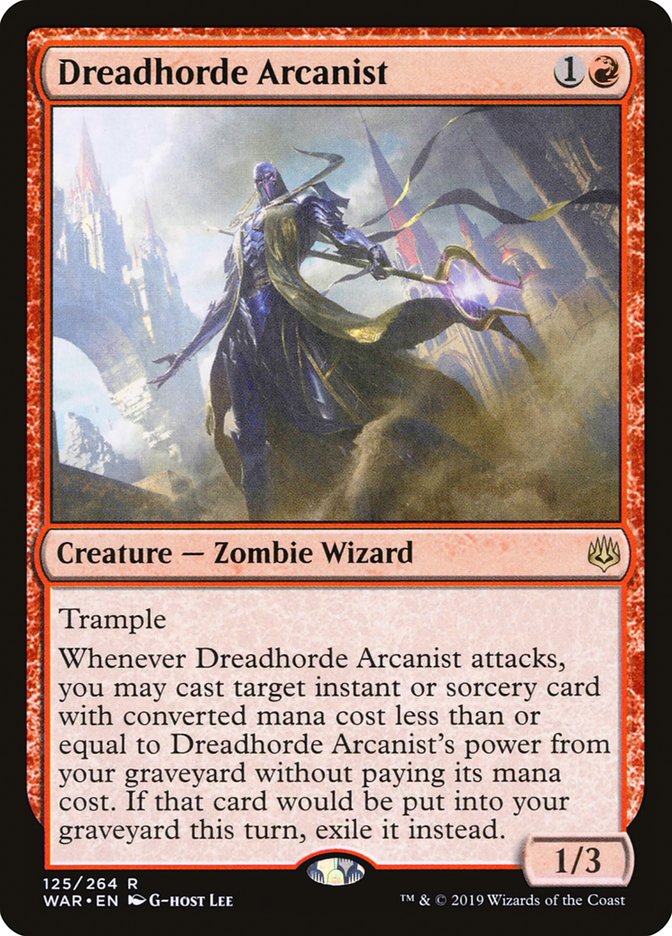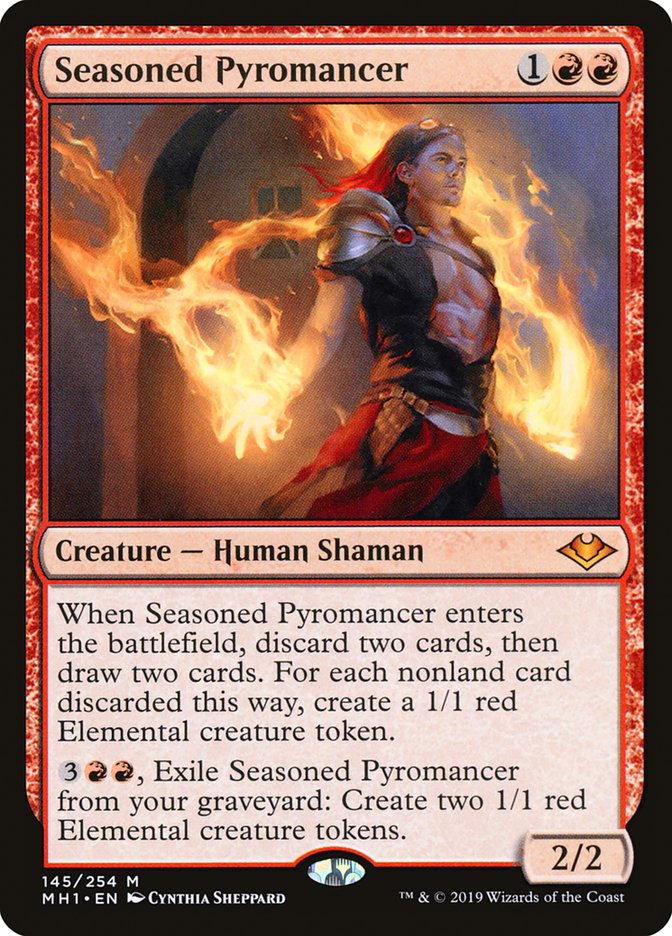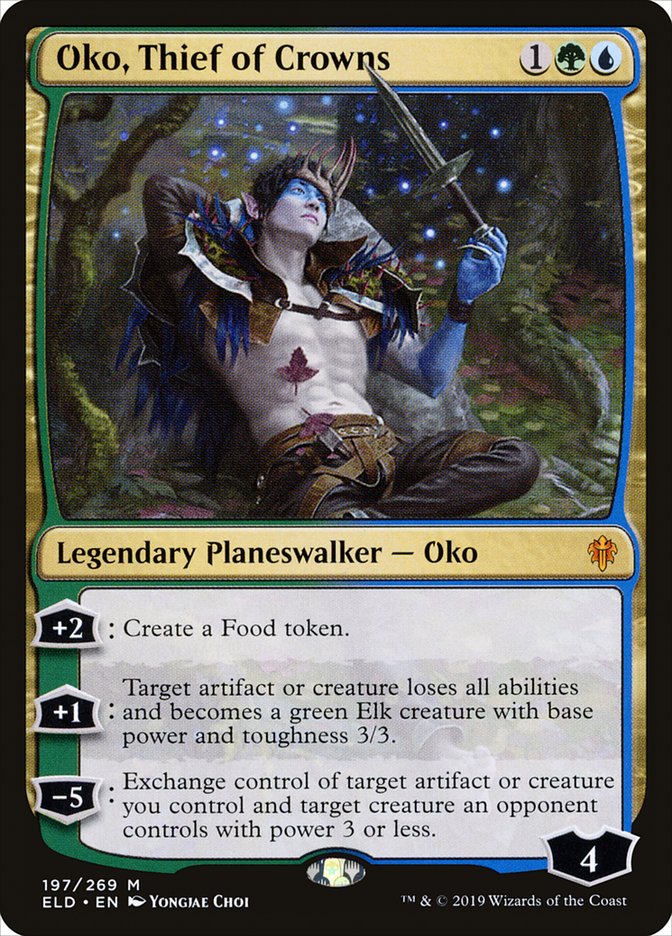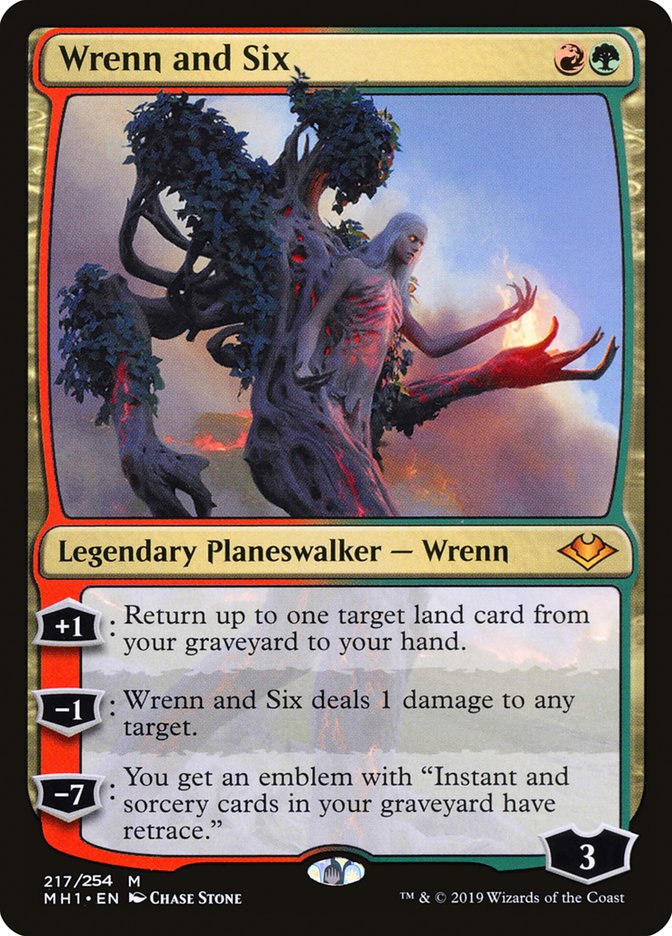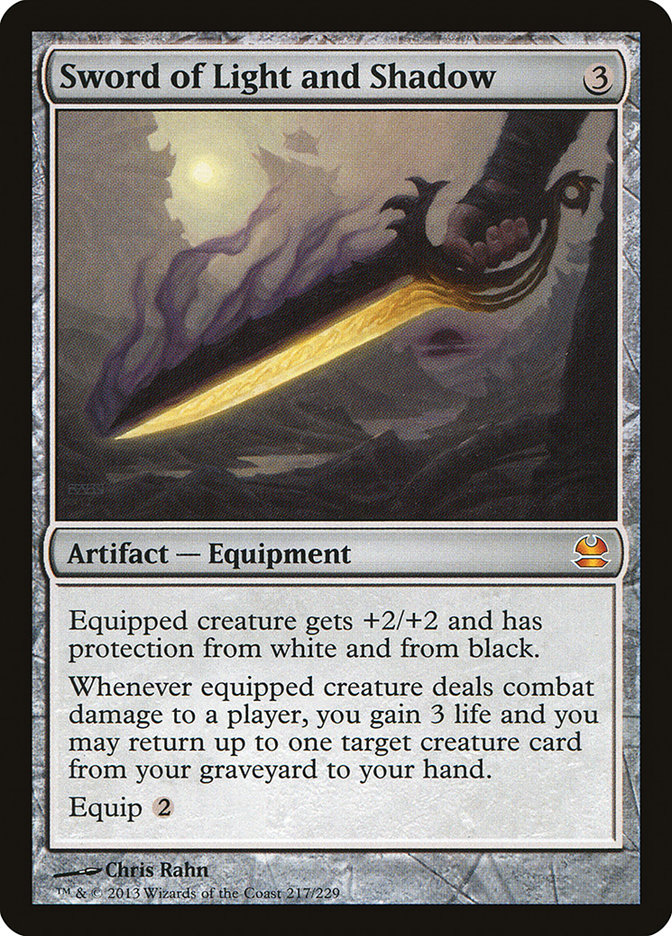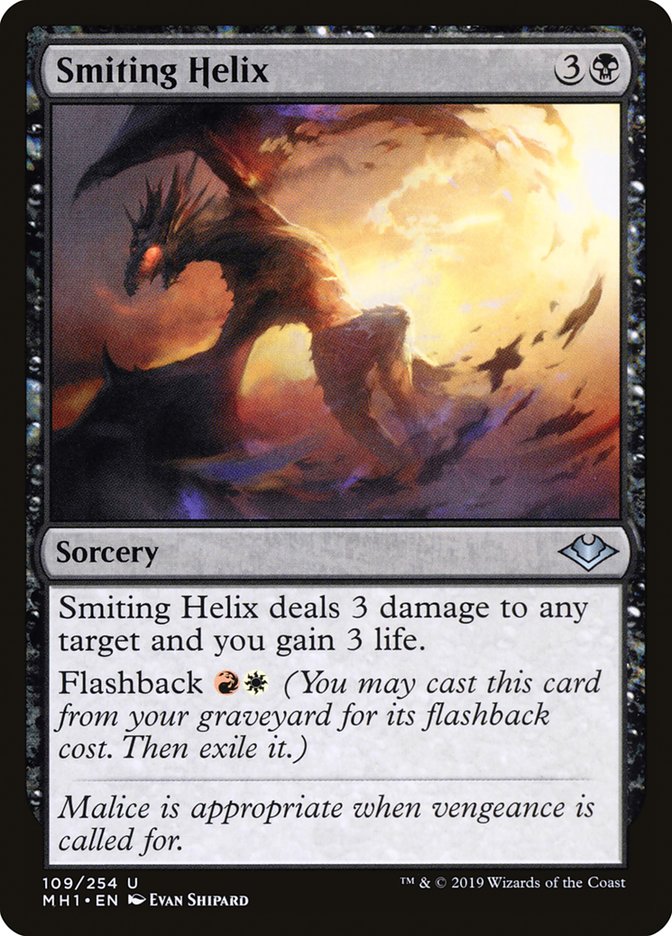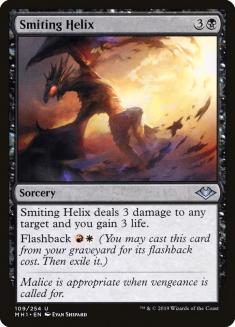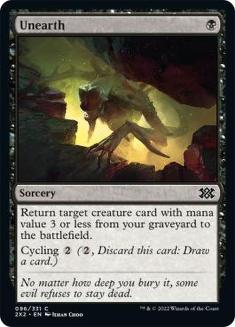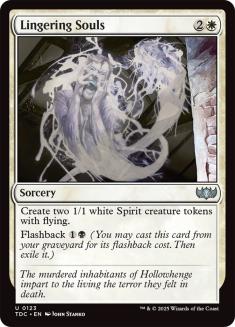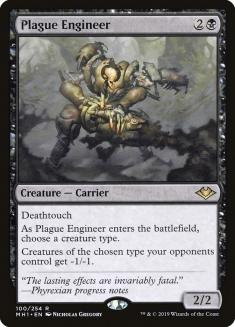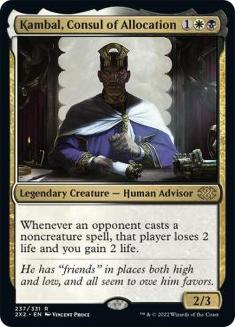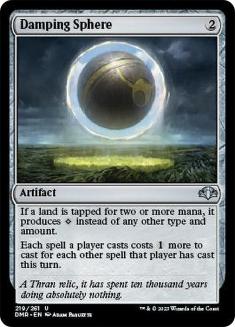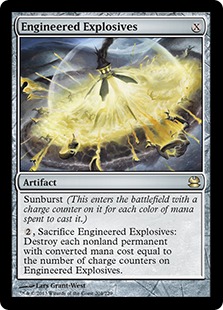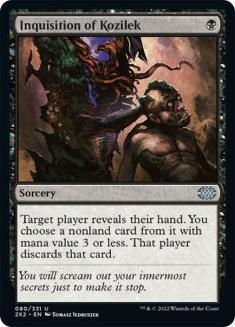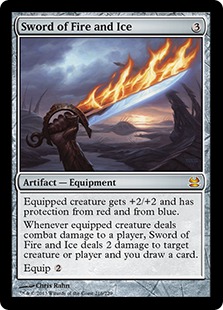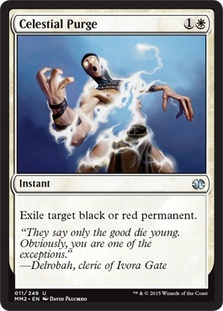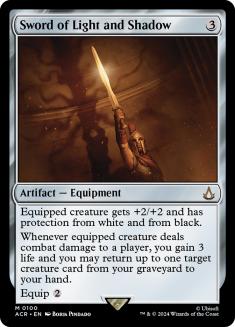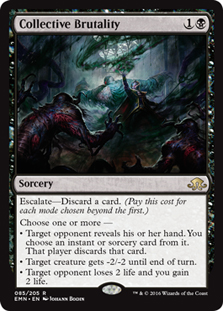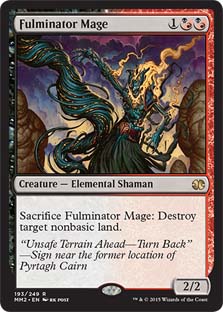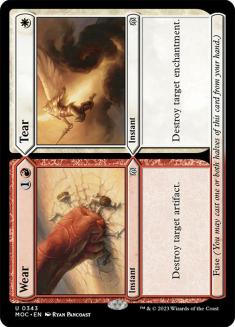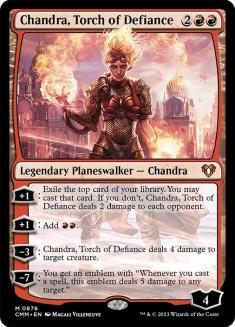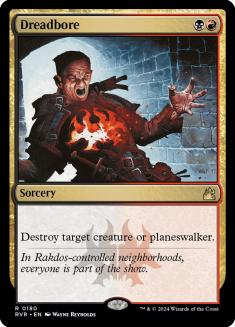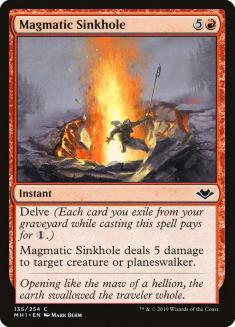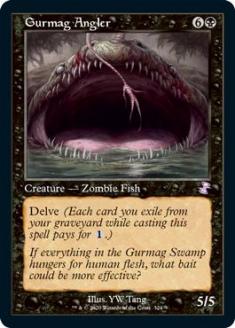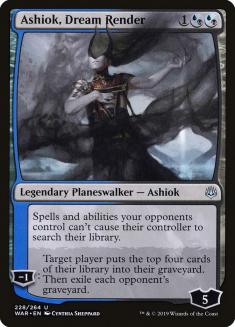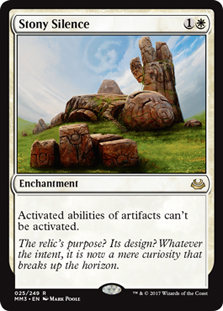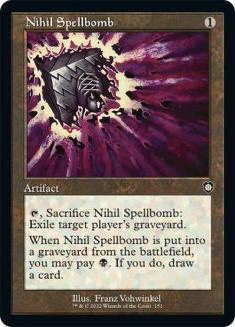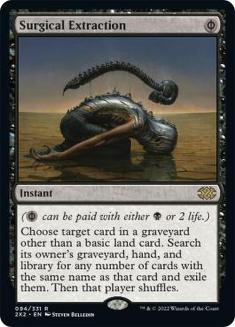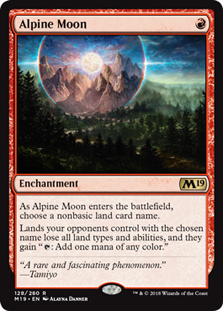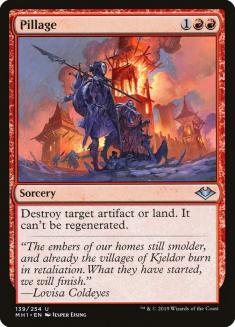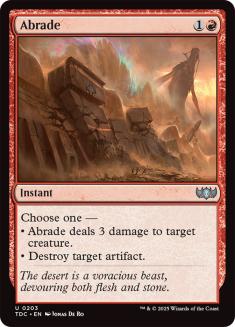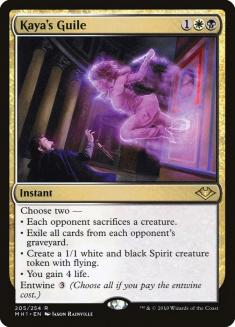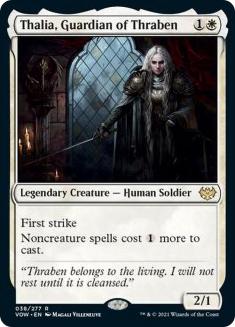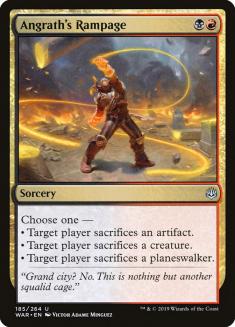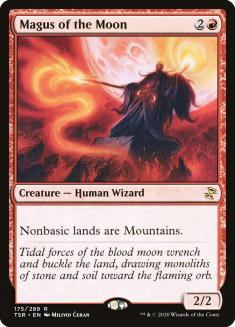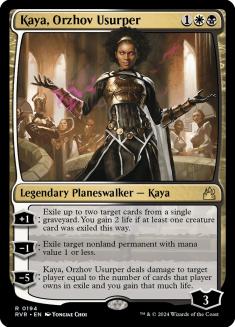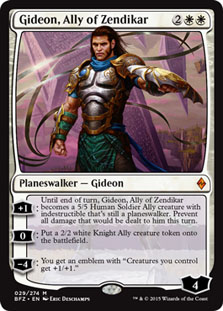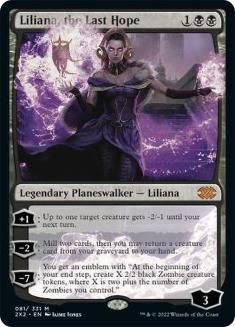Even though I knew it was for the best, the Faithless Looting ban broke my heart. I never spent enough time with Mardu Pyromancer, even though I knew a ban was likely incoming. In hindsight, I wish I could have appreciated what I had before it was gone.
So now, here I am, trying to recreate the glory days. We have some new toys, sure, but it will never be the same.
Without Faithless Looting, the deck fundamentally changes. You can’t rely on velocity and an abnormally cheap mana curve to abuse Young Pyromancer and Bedlam Reveler. Instead, you need to frontload some of the power onto your threats.
Stoneforge Mystic is a potent threat and I wanted to try it in a more proactive shell with discard. Orzhov was an option, but the Dreadhorde Arcanist and the tokens from Seasoned Pyromancer work well with Equipment. The #mardulyfe was calling.
In the middle of September, I 5-0’ed a Modern League on Magic Online with Mardu Stoneblade. After posting the list on Twitter, several others have replicated my success. Not a single person has made any claims about the deck being among the strongest in Modern or even that their games were easy. I certainly won’t be making any of those claims. After all, this is Mardu we’re talking about. You don’t join the #mardulyfe because you want easy games.
If I wanted to Mardu some people, this is what I would play at #SCGRegionals.
Creatures (12)
Planeswalkers (2)
Lands (22)
Spells (24)

As always, Mardu is highly customizable. My specific list is built around being able to fight the current metagame, slanted toward the weaker matchups like big mana. Modern can be broken down into macro archetypes. The Day 2 metagame of SCG Philadelphia looked like this:
- Midrange (Jund, Death’s Shadow): 32
- Big Mana (Mono-Green Tron, TitanShift, Amulet Titan): 32
- Artifact (Urza, Affinity): 30
- Small Creatures (Tribal, Devoted Druid): 15
- Stack-Based Combo (Storm, Burn): 13
- Control (Azorius, Sultai): 8
- Graveyard (Dredge, Goryo’s Vengeance): 6
I wouldn’t expect any #SCGRegionals to skew as Spikey as Philly, so you can probably plan on there being a flatter representation of the macro. For example, I would expect to see more control decks and small creatures and fewer decks based on Urza, Lord High Artificer. Plan accordingly.
In a different metagame without as much combo or big mana, Giver of Runes would be a worthy maindeck inclusion. Any deck where you have a two-drop worth protecting, Giver of Runes deserves some consideration. Without Faithless Looting and more spells, Bedlam Reveler isn’t great, but it could be a fine one-of.
Planeswalkers aren’t something I’m necessarily worried about at the moment. Oko, Thief of Crowns is showing up all over the place and Wrenn and Six is obviously an issue, but between discard, random creatures, and the burn spells, you can handle them just fine without resorting to Dreadbore or Magmatic Sinkhole.
I’ve seen some lists with three Equipment, and although I support sideboarding a Sword of Light and Shadow to swap in midrange mirrors, I wouldn’t want to play three Equipment maindeck. Naturally drawing a Sword is usually fine, but I’d want to cut down on the amount that happens.
People tend to scoff at my Smiting Helixes and cut them immediately. Don’t do that. They are integral, both for the Burn matchup and to have enough things to discard for value with Seasoned Pyromancer and Liliana of the Veil. We don’t have the same engine we used to, so we need to get our value in small doses and wherever we can. You could replace them with more Lingering Souls, but the matchups where that card is actually good are few and far between.
As long as Burn is as good and popular as it is, I wouldn’t recommend playing more than one Horizon land in the manabase. Feel free to experiment with different fastlands or even playing a Graven Cairns, but adding more Horizon lands will cost you.
My sideboard is built with Urza and the various big mana decks at the forefront of my mind since those are your worst matchups. I tried to make the cards that are also good against those decks have some crossover applications and think I did a fairly good job of that. The rest of the sideboard gives a heavy nod to Burn while also trying to make sure I have enough cards I want to bring in and cut in each matchup.
It was a tall order, but I like my spot.
Sideboarding
VS Urza Outcome
Out:
In:
This matchup is so tough for everyone because unless you’re doing something proactive that naturally tops what they are doing, it’s difficult to contain. A pure control deck like Sam Black Mystic Sultai has enough tools to get the job done, but a deck like Mardu Pyromancer is forced to lightly disrupt while also presenting a clock. Urza also has creature-based threats, a massive card drawing engine, and lightly uses the graveyard and artifacts, but not in such a way where they are kolded by Leyline of the Void or Stony Silence.
Basically, you need to contain their resources. Without enough artifacts, Urza and Paradoxical Outcome are much worse. They also don’t have many ways to interact with your threats, but outside of Dreadhorde Arcanist, your threats don’t mean much to them. Engineered Explosives can often be devastating against them, especially if you’re trying to punch through a wall of tokens.
Punishing them for casting multiple spells in a turn via Kambal, Consul of Allocation and Damping Sphere is my current plan, although Damping Matrix is a potentially strong hate card. Deafening Silence is another option, but the cards I’m currently using have crossover applications.
VS Jund
Out:
In:
This is just good, clean Magic. You’ll want to keep in some burn spells to deal with their planeswalkers, even if they (rightfully) aren’t playing Dark Confidant.
People tend to overrate cutting the discard in midrange mirrors, but with Wrenn and Six, Bloodbraid Elf, Kolaghan’s Command, and all the other high-impact cards, you will want some. You also have Seasoned Pyromancer and Liliana of the Veil to convert those into something else.
VS Burn
Out:
In:
Your win rate in this matchup will be determined by the die roll, if you have something to do on Turn 1, whether your manabase kills you, and by how many high-impact sideboard cards you draw, roughly in that order.
There’s a case to be made for Sword of Light and Shadow over Sword of Fire and Ice, but the closing speed tends to matter, especially when you take into account how the games actually play out. It’s not uncommon for them to have a Goblin Guide or something similar on defense against your horde of tokens, so it’s unlikely that Sword of Light and Shadow will actually connect.
VS Amulet Titan / Mono-Green Tron
Out:
In:
Amulet Titan is the main matchup where you’d prefer to have Path to Exile instead of Fatal Push. Even then, I’d prefer to stick to my current plan, which is to make them discard it or try to set up lethal the turn after they play it.
Against TitanShift, you want more discard instead of the Damping Spheres, but very little else changes. I used to bring in Kambal against Mono-Green Tron as an additional clock, so you can do that if you’d like, but we have more three-mana cards than we used to.
VS Grixis Death’s Shadow
Out:
In:
This matchup is similar to Jund, except any Death’s Shadow deck is going to be far more dangerous. Granted, Jund can also run away with the game quickly, but nothing is scarier than a Temur Battle Rage.
Despite bringing in Kambal, I’m also cutting most of the burn spells. I’d rather have threats and action early on rather than trying to assemble lethal through burning them out. Kambal will always be threatening, whereas Lightning Bolt is dead for most of the game.
VS Humans
Out:
In:
This matchup is a lot easier than with the Faithless Looting versions, and it was already great. An unanswered Stoneforge Mystic is game over and you’re not as weak to Thalia, Guardian of Thraben as you were before. Seasoned Pyromancer provides a burst of blockers upfront, unlike Young Pyromancer, which needed you to invest several other spells. Young Pyromancer would win longer games, but making a few blockers early is more important toward getting you into the late-game.
The Alternatives
As always, I tend to keep a list of cards I would potentially play, either in the maindeck or sideboard. Here’s the list of things I haven’t already mentioned in the article.
If you decide to play Mardu this weekend, I hope you have a good time slowly grinding your opponents into the dust. I also hope you get to dodge the big mana decks. They’re beatable, but it typically requires some bad luck on their end. Also, any matchup that isn’t big mana tends to be pretty fun when played from the Mardu side.


